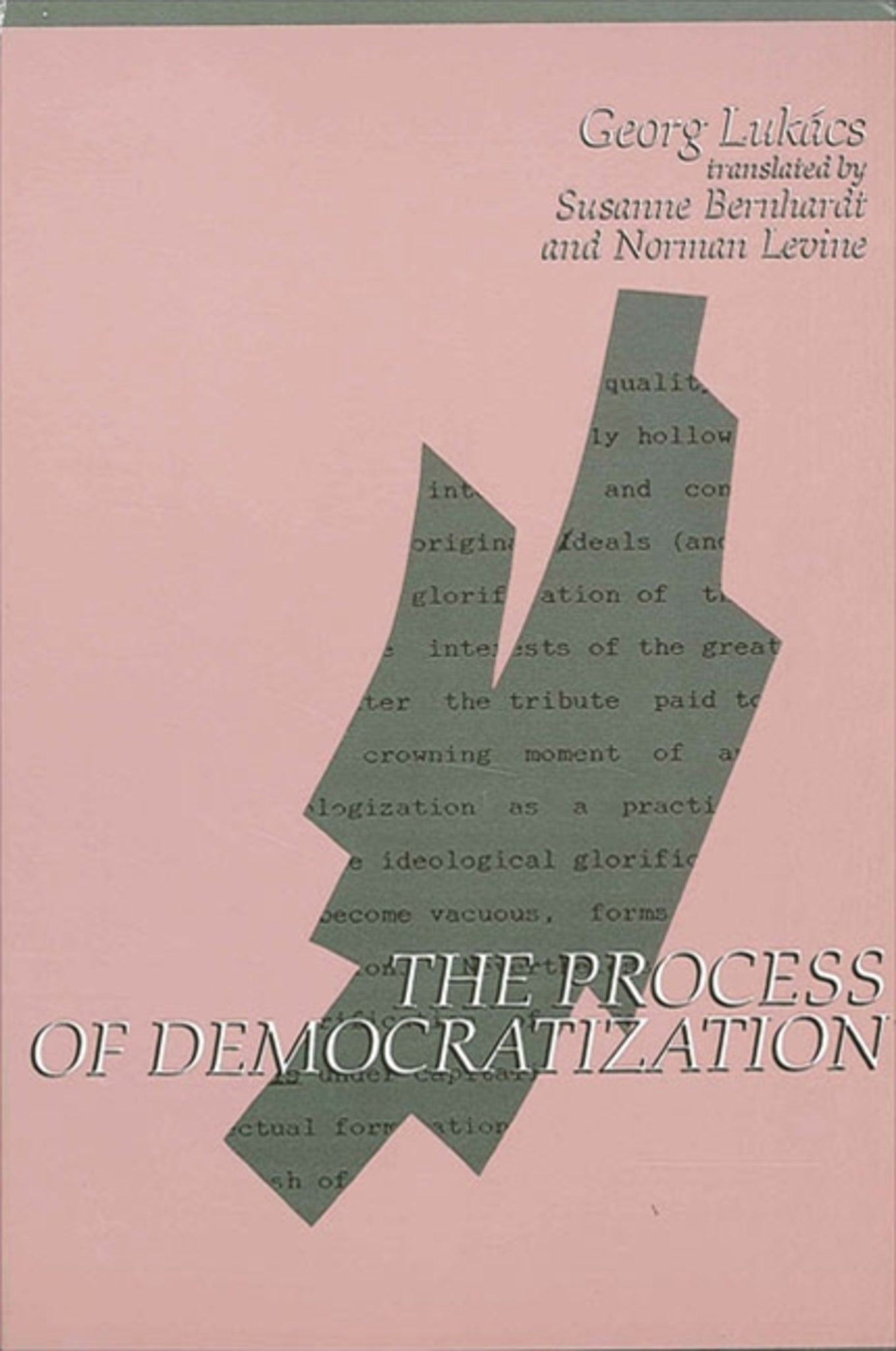We're sorry. An error has occurred
Please cancel or retry.
The Process of Democratization

Some error occured while loading the Quick View. Please close the Quick View and try reloading the page.
Couldn't load pickup availability
- Format:
-
13 August 1991

Georg Lukacs's The Process of Democratization provides indispensable reading for an understanding of the revolution that swept Russia and Eastern Europe during 1989-1990. Lukacs, a spokesman for anti-Bolshevik communism, was the advance guard of anti-Stalinist reform. Written in the aftermath of the Prague Spring, his book was a precursor to many of the Gorbachev reforms.
Lukacs was the leading communist intellectual in the world until his death. During his last 15 years, he embarked upon a massive effort to revive Marxism as philosophy, as aesthetics, and as politics. The Process of Democratization was part of this attempt at a Marxist renaissance. He would probably be surprised to find that the Second Russian Revolution of 1989-1990 moved far beyond his reformism, overthrowing even the anti-Stalinist communism that he fought to retain.


Acknowledgments
Introduction
On the Transcendence of State and Revolution
Norman Levine
The Process of Democratization
Notes on the Translation
Preliminary Methodological Remarks
Part I. Bourgeois Democracy as a False Alternative for the Reform of Socialism
1. Democracy and Its Various Economic Formations
2. The Necessary Developmental Tendencies of Bourgeois Democratization
3. Bourgeois Democracy Today
Part II. The Pure Alternative: Stalinism or Socialist Democracy
4. Theoretic and Historic Presuppositions of a Concrete Problem
5. Stalin's Victory Over His Rivals
6. Stalin's Method
7. The Twentieth Congress and Its Consequences
Index



